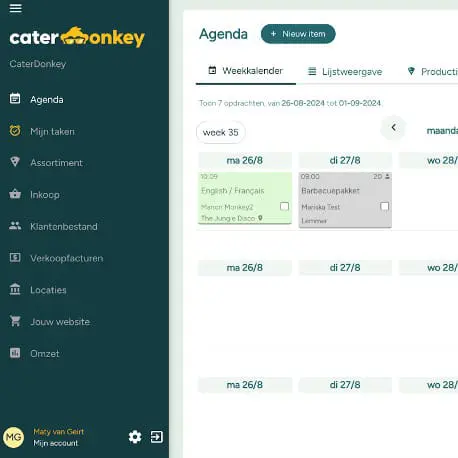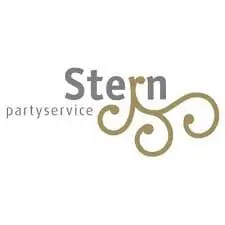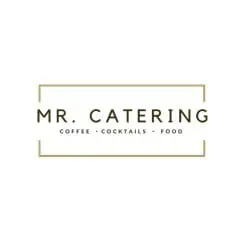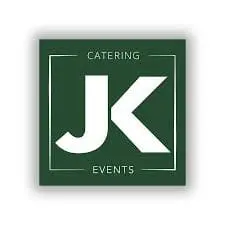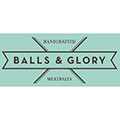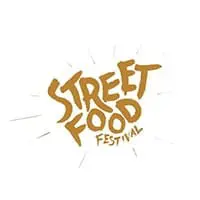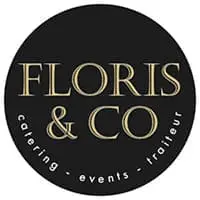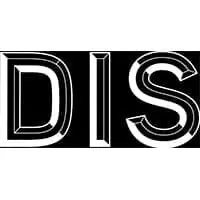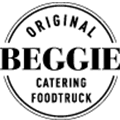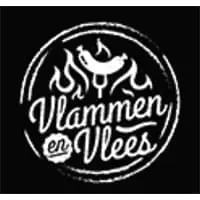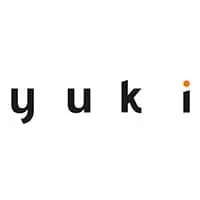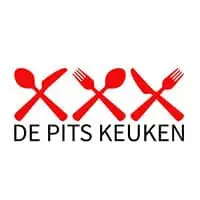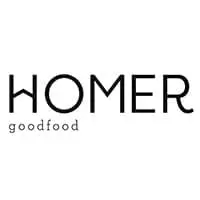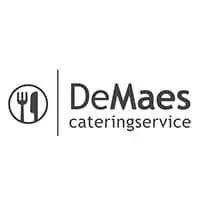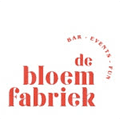Successful catering companies use various pricing strategies such as cost-plus pricing, value-based pricing and dynamic pricing. They determine their prices by calculating ingredient costs, personnel costs and overheads, adding a desired profit margin, and adjusting these based on market conditions and competition. The best strategy depends on your target group, type of catering and market position.

How do catering companies determine their prices?
Catering companies determine their prices by combining various cost factors with their desired profit margin. This process begins with calculating all direct costs per dish or event.
The most important factors that play a role in pricing are:
- Ingredient costs – The direct costs of all necessary ingredients
- Personnel costs – Wages for kitchen, service and management
- Overhead – Rent, insurance, equipment and other fixed costs
- Transport costs – Fuel, vehicle maintenance and drivers
- Packaging materials – Tableware, decoration and takeaway packaging
Modern catering companies use software to automate these calculations. This allows them to immediately see their food margin per ingredient, dish and complete event for each quote. This provides real-time insight into the profitability of different menu options.
What is the cost-plus pricing strategy in catering?
The cost-plus pricing strategy is the most commonly used method, whereby all costs are calculated and a fixed profit margin is added. This approach ensures predictable profits and simple calculations.
This is how cost-plus pricing works in practice:
- Calculate all direct costs (ingredients, staff, transport)
- Add a percentage for overheads (usually 15-25%)
- Add your desired profit margin (often 20-40%)
- The result is your selling price.
The advantages of this method are clear: you always have a healthy margin and the calculation is transparent. The disadvantage is that you may miss out on opportunities to charge higher prices for unique concepts or premium services.
This method is popular for quotations because it is fast and reliable. Cost-plus pricing works particularly well for recurring orders and standard menus.
Why do some caterers choose value-based pricing?
Value-based pricing focuses on the perceived value that customers receive, rather than just the costs incurred. This strategy can lead to higher margins for unique concepts or premium services.
This approach works particularly well for:
- Exclusive events – Weddings, anniversaries and corporate events
- Unique concepts – Theme catering, show cooking or interactive buffets
- Premium locations – Castles, museums or special venues
- Specialist services – Diet catering, organic or local
With value-based pricing, you look at what customers are willing to pay for the complete experience. A caterer who offers show cooking can charge more than someone who only delivers the food, because the entertainment value is higher.
Successfully implementing this strategy requires a thorough understanding of your target audience and strong sales and customer management skills. Training in sales and customer management helps catering professionals to better communicate this added value and achieve higher conversion rates.
How does dynamic pricing work for catering companies?
Dynamic pricing means adjusting your prices based on supply and demand, seasons, and other market factors. This flexible approach maximises your revenue by responding to market conditions.
Factors influencing dynamic pricing:
| Factor | High prices | Lower prices |
|---|---|---|
| Season | May–September (wedding season) | January-March (low season) |
| Day of the week | Friday, Saturday | Monday to Thursday |
| Availability | Busy weekends | Last-minute annuleringen |
| Question | Popular menu’s | New concepts |
Many catering companies apply different rates for peak and off-peak periods. This allows them to charge more during busy periods and offer competitive prices during quiet periods in order to secure orders.
What role does competitive analysis play in pricing?
Competitive analysis helps you keep your prices in line with the market without ending up in a destructive price war. It’s about finding the right balance between being competitive and profitable.
Effective competitive analysis includes:
- Regularly check competitors’ catering quotes
- Comparing menu options and service levels
- Analysing their unique selling points
- Monitoring their online reviews and customer feedback
The goal is not to always be the cheapest, but to make your value proposition clear. If you use premium ingredients or offer extra service, you can justify higher prices.
Avoid price wars by focusing on differentiation. Offer something unique that competitors don’t have, such as personal service, local ingredients or innovative concepts.
How do you calculate the right profit margin for your catering business?
Calculating a healthy profit margin requires insight into all your costs and realistic objectives. Most successful catering companies operate with a profit margin of between 20-40%, depending on their market position.
Steps for calculating your profit margin:
- Calculate your total costs – Including all direct and indirect costs
- Determine your desired turnover – How much do you want to earn per month/year?
- Analyse your market position – What can customers pay in your segment?
- Test different margins – Start conservatively and adjust based on results
Take seasonal fluctuations into account and ensure that your margin provides sufficient buffer for unexpected costs. Too low a margin can jeopardise your business, while too high a margin can deter customers.
Continuously monitor your margins per dish, event and customer type. This will help you discover which parts of your business are most profitable and where you need to focus your efforts.
Key insights for successful pricing strategies
Successful pricing strategies combine different approaches and adapt to changing market conditions. The best catering companies use a mix of cost-plus, value-based and dynamic pricing.
The most important success factors are:
- Automate your cost calculations for faster quotes
- Keep real-time track of your margins per ingredient and event
- Adjust your prices based on season and demand
- Differentiate yourself based on value, not just price
- Monitor your competition without getting caught up in price wars
At Catermonkey, we help catering companies to implement these strategies effectively through automatic cost calculation, real-time margin monitoring and integrated quotation tools. This allows you to respond more quickly to requests, apply more accurate prices and improve your profitability.
The right pricing strategy is not a one-time decision, but a continuous process of analysis, adjustment and optimisation. With the right tools and insights, you can use your prices strategically to maximise both your turnover and your profit margin.
Schedule a no-obligation brainstorming session
Do you have questions about pricing strategies or would you like to know how Catermonkey can support your catering business? Come to us with your ideas or challenges! We are happy to help you figure out how our platform can improve your business operations and increase your profitability. Plan your brainstorm with Catermonkey!

